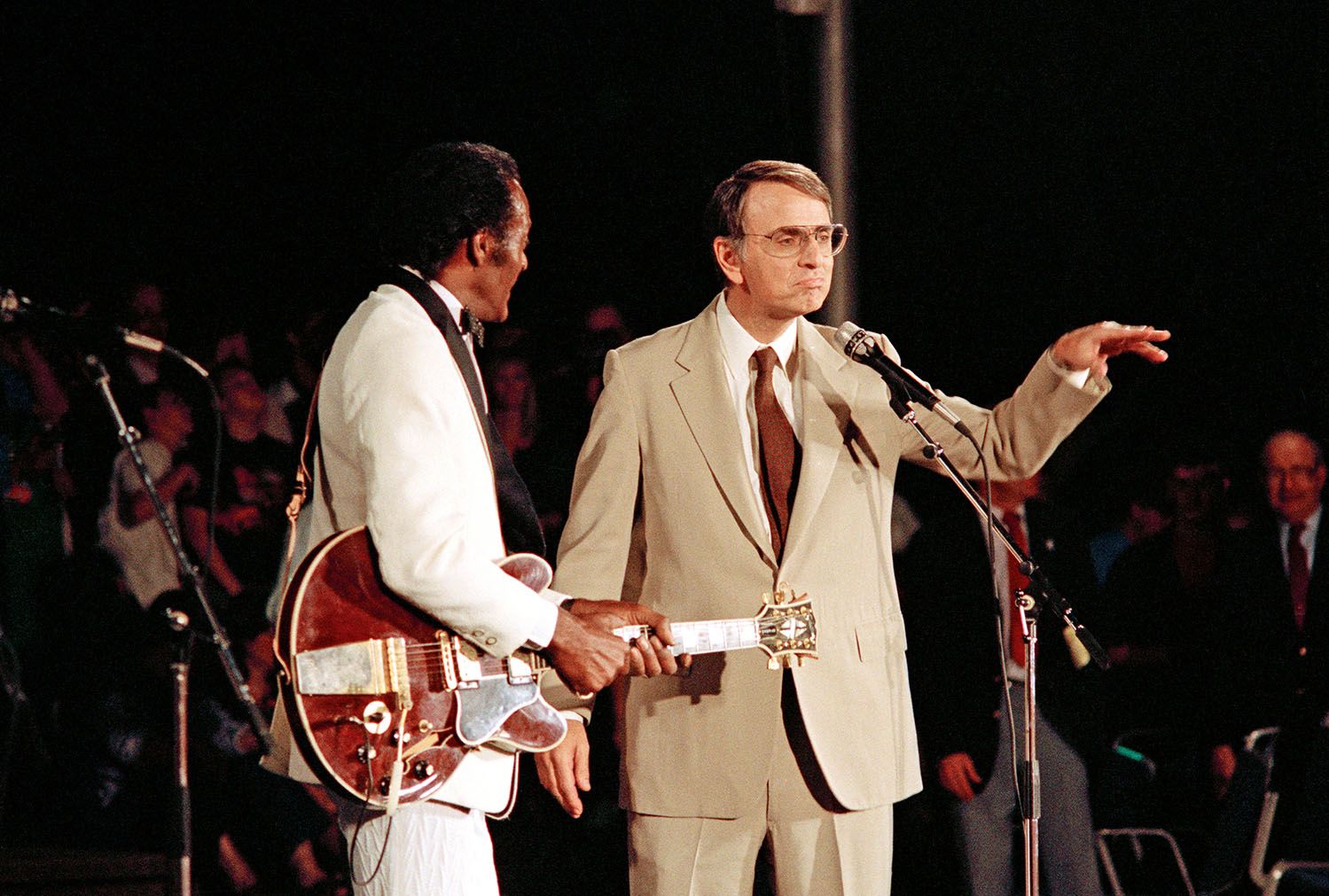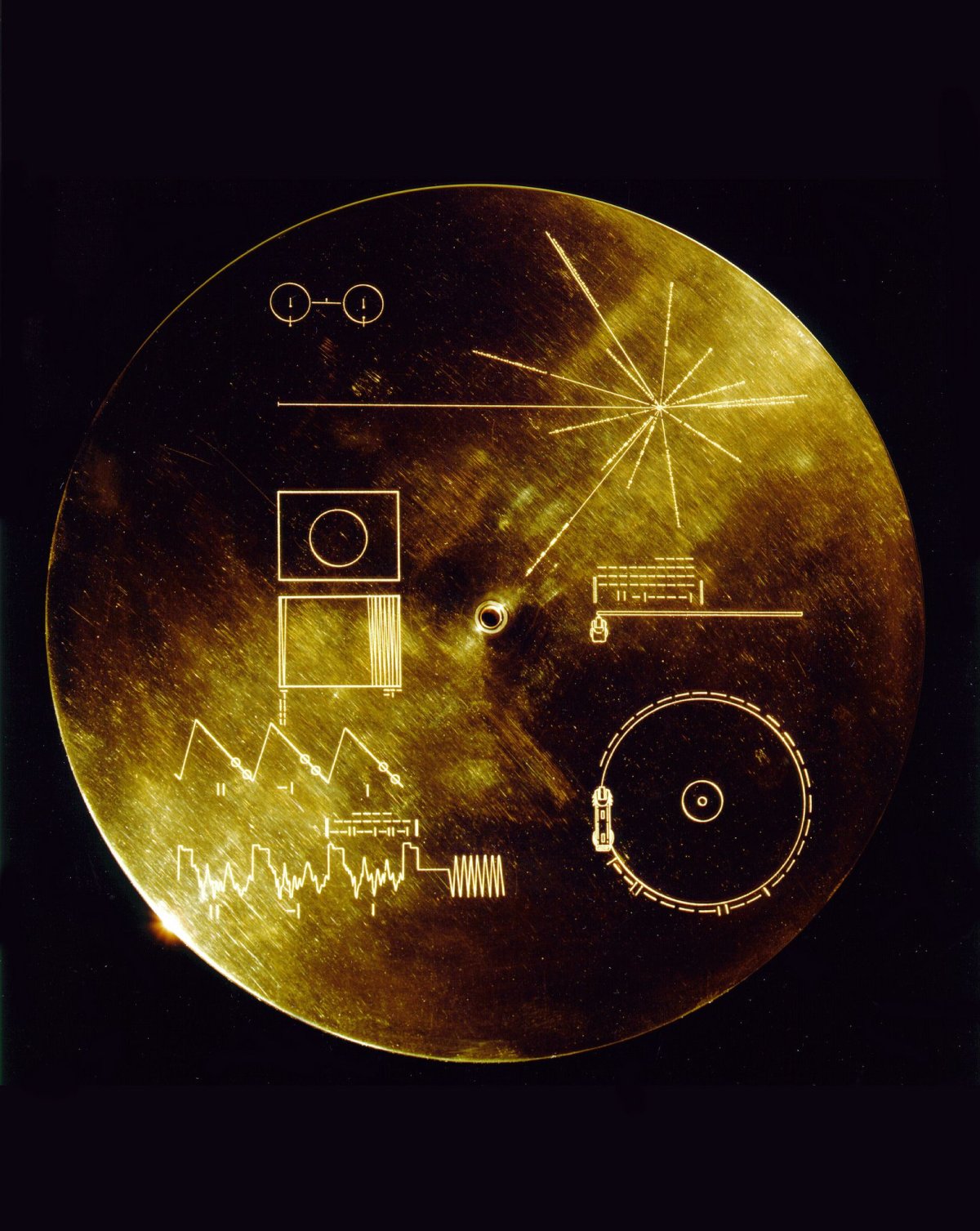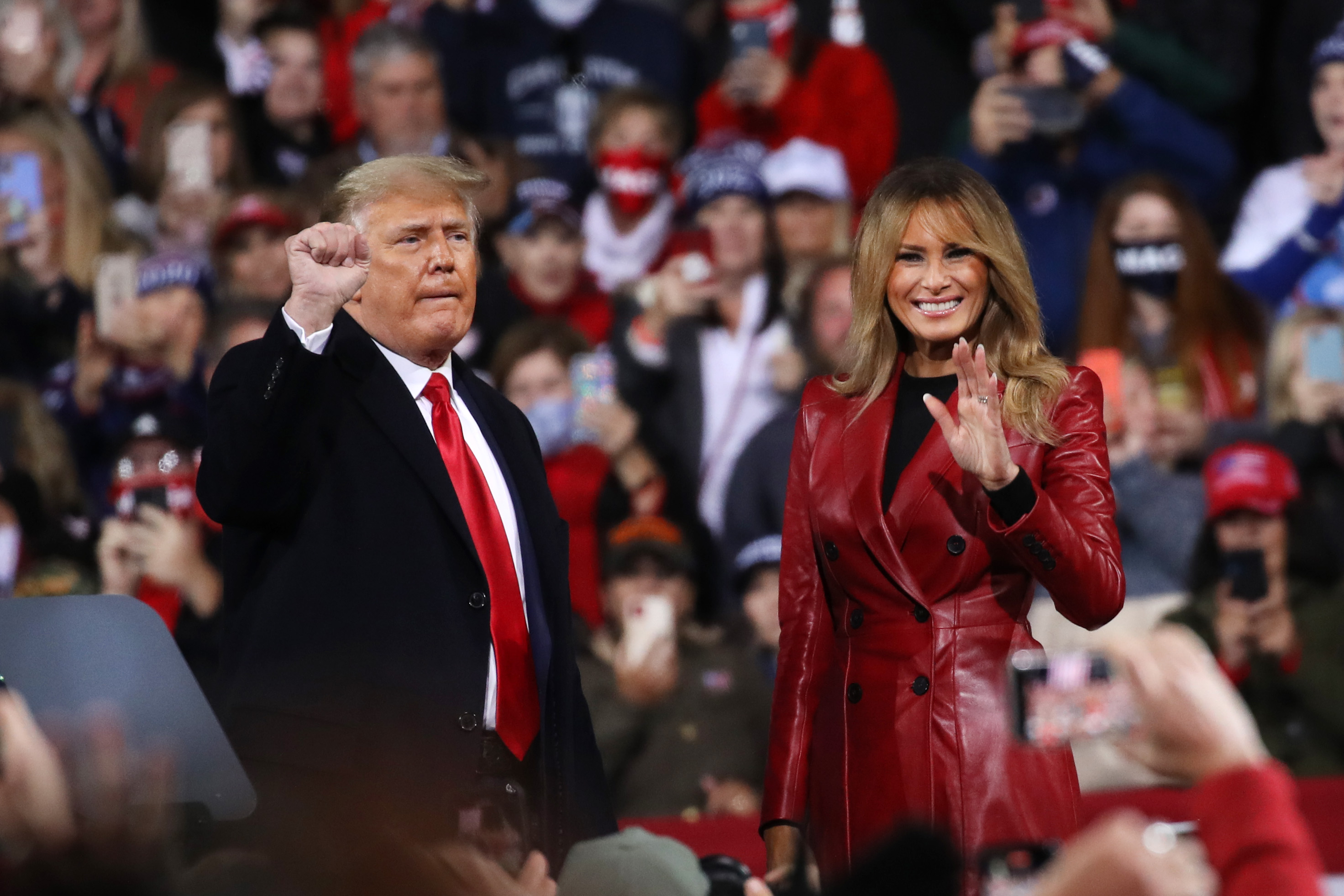
When NASA was preparing to launch the Voyager missions in the 1970s, famous astronomer Carl Sagan and others affiliated with the project wanted to send a snapshot of humanity to any intelligent life beyond this planet. They created what became known as the Golden Records, two gold-plated copper disks (one for each of the Voyager spacecraft) filled with the sights and sounds of life on Earth.
Etchings on the cover explained how to play the records and where Earth is located in the universe, and buried within the records' etchings were images of Earth.
Then, of course, those disks were catapulted into space. Forty years later, the spacecraft they ride on are the most distant human-produced objects ever, with Voyager 1 considered outside the bounds of the solar system. But soon the records will be available here on Earth once again.
Sagan had hoped all along the recordings would be made available, but until now they have only been produced before in a CD in the 1990s. So Timothy Ferris, who produced the original records, and two collaborators put together a Kickstarter project to re-create the Golden Records, which raised more than $1.3 million last year.
The team tracked down the master tapes and were able to transfer the audio to create a boxed set of three new vinyl LPs, available for preorder now and due to ship in February. There's also a two-CD version if that suits your listening methods better.
Because the replicas don't need to survive an interstellar journey, they're standard vinyl records, rather than the original gold-plated copper design. In addition, the original records crammed in more content by being designed to be played at a third the speed as standard Earthen records. They filled it with greetings in 55 different languages, then had 90 minutes leftover to fill with music.

The Golden Record team enlisted the help of a music historian to make the final selections, which come from around the world. The tracks include pieces by Bach, Beethoven and Mozart; traditional Aboriginal and New Guinean songs; a Peruvian wedding song; a Navajo chant; a performance by Louis Armstrong of "Melancholy Blues" and Chuck Berry's "Johnny B. Goode."
Extra copies of the original records were produced before the launch, but even Sagan was unable to talk his way into a copy a year after the Voyager missions left Earth—NASA had already distributed all but one, which they were holding on to for President Jimmy Carter.
Uncommon Knowledge
Newsweek is committed to challenging conventional wisdom and finding connections in the search for common ground.
Newsweek is committed to challenging conventional wisdom and finding connections in the search for common ground.
About the writer
Meghan Bartels is a science journalist based in New York City who covers the science happening on the surface of ... Read more
To read how Newsweek uses AI as a newsroom tool, Click here.








